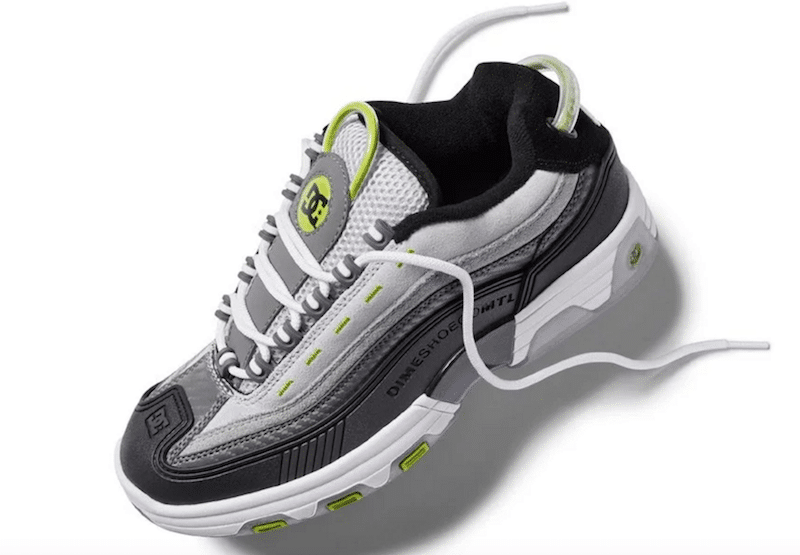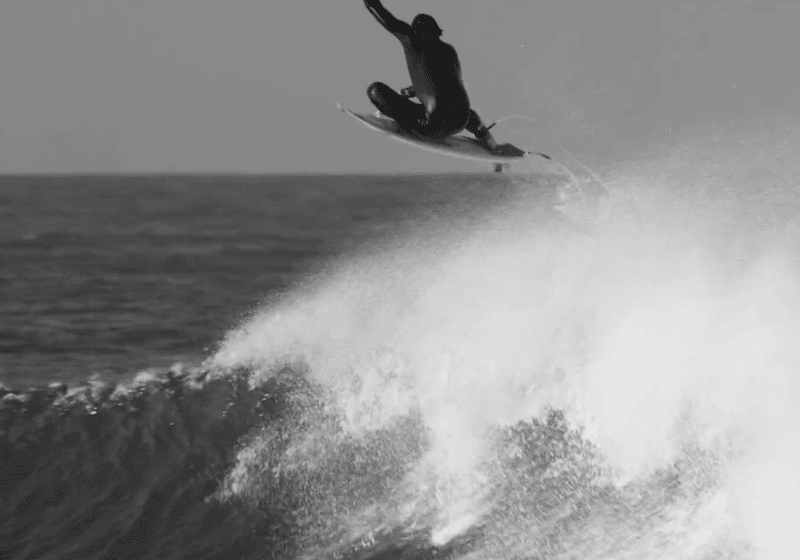Kiss airline baggage fees goodbye!
Once upon a time, the great then editor-in-chief of Surfing magazine Taylor Paul and I hopped a last second red-eye flight to New York in order to attend the New York Surf Film Festival and meet potential New Jersey writer Brendan Buckley. It was autumn, if I recall, the perfect time for a weekend in the city with a touch of crisp in the air and Gucci’s window display featuring the latest in shearling-lined slippers. Or maybe it was summer, the perfect time for a weekend in the city with its languid humidity and Saint Laurent’s window display featuring a provocative mannequin wearing nothing but hot pink asymmetrical earrings.
In either case, it was the perfect time for a weekend in the city and of course neither Taylor Paul nor I brought a surfboard. What sort of masochist does that? Trying to jam a coffin into a Lincoln Towncar, knocking working women over on the sidewalk. Bringing surfboards to New York is not cool. It is a total pain and Taylor Paul and I may be many things but neither of us is a pain.
As fate would have it, though, some magical swell showed up. A swell that could not be ignored. What were we to do? The only option was to break into Balaram Stack’s beachfront home, steal two of his miniature high performance surfboards, get caught by his mom, have her turn out to be wonderfully understanding and giving us a ride to the surf, surfing.
But what if Balaram Stack’s mom had been normal? The sort of mom that named her son “Joe” instead of after a Hindu deity? Well Taylor Paul and I would have gone to jail is what and would have been forced to join a skinhead gang and eventually move to Coeur d’Alene, Idaho after our release fathering many white power’d children and contributing to the caustic tone in today’s American politic. Very horrible.
Well, eight years later, and as fate would also have it, Taylor Paul is part of a brand new company that seeks to put an end to jail radicalization and bring us all together. It is called Awayco and is the solution for surf travel!
The concept is delightfully simple. Traveling with surfboards is generally a pain and/or very expensive. Rental boards are always ancient tuff-lite eggs or fifteen year old 6’4 Xanadus. Awayco, in partnership with local surf shops, offers a range of new-ish high performance surfboards from reputable shapers. For a sixty dollar a month subscription you simply go to Awayco’s website, book the board you want, head to the shop, grab it and surf. Swell’s coming up? Take the board back and swap for a step-up! Your child wants a turn? Take the board back and swap for foamie! And on and on and on endlessly. You can even use the service at home! Demo days are usually very bad and crowded but trying to boards is fun and exciting. As part of Awayco you can head to your local shop and try that strange fish or low-volume’d rocket.
Wonderful! But let’s talk to Taylor Paul about!
So we’re beginning our soft launch late November. The founder of the company grew up in a beach town next to Ace Buchan (who is also a principal in the the company). He later became a product manager at Google but always dreamed of this project, being able to travel anywhere in the world and have the perfect board available when you get there. It sucks traveling with boards and the rental boards at most places suck. Sometimes you want to bring a board but if you have kids, strollers, lots of luggage it’s just not possible. Or sometimes you are going on a trip where surf is just part of what you’re doing, like traveling in Europe, and you don’t want to be stuck with your boards the entire time.
The other part of what we offer is when you’re home. So many surfers are on the wrong board out there. They decide what they want, spend 800 dollars and if it is wrong they are stuck surfing it for a few years because they can’t afford another. I’ll tell you, I have ridden so many new boards through the program and have realized so much. Plus it’s awesome to ride new boards.
It’s 60 bucks a month and you can ride as many boards as you want, or keep one board for five days. We’re working with fantastic shops and with great shapers. Hayden, Channel Islands, Firewire, Slater Designs, JS, etc. Starting off we’ll be in the Sydney area, Byron, Bali, North County San Diego, San Francisco and Santa Cruz and we’ll expand from there, both what we offer and where you can get it.
It’s a solid group of people working and has been so interesting and also a lot of fun.
I must say, the whole idea sounds simply perfect. The sort of thing that we all wonder how we lived without and come late November (when the service is officially available) we will sing songs of praise.
Read everything you need to know HERE, sign up and stay out of skinhead prison gangs and Coeur d’Alene, Idaho!










